
Refrigerators—the plug-in kind, as opposed to the literal iceboxes of olden days—have been a staple in most American homes since the 1930s.
Over many decades since, the idea that everything stays fresher for longer in the fridge has become a common assumption. And while it’s true that keeping your groceries cool prevents certain foods from wilting, spoiling, or making you sick from not-so-yummy microbial growth, it might surprise you to learn that some foods should not be refrigerated. While tossing them in there is typically safe, you’ll experience faster rot, or a deterioration in quality that just isn’t worth it. For starters, let’s settle this right now: Bread does not belong in the fridge. In other cases, they’re simply shelf-stable enough to sit at room temperature, which makes them prime candidates for relocation into your pantry.
Are you making the following food storage slip-ups? Below is a list of 29 foods you shouldn’t keep in the refrigerator, according to the authorities on food storage (pro tip: the searchable FoodKeeper database, developed by the USDA’s Food Safety and Inspection Service, offers a wealth of info). Clearing out these condiments, fruits, and more will free up some valuable shelf space, and your appliance can chill what actually does belong in there more effectively.
1
UNRIPE AVOCADOS
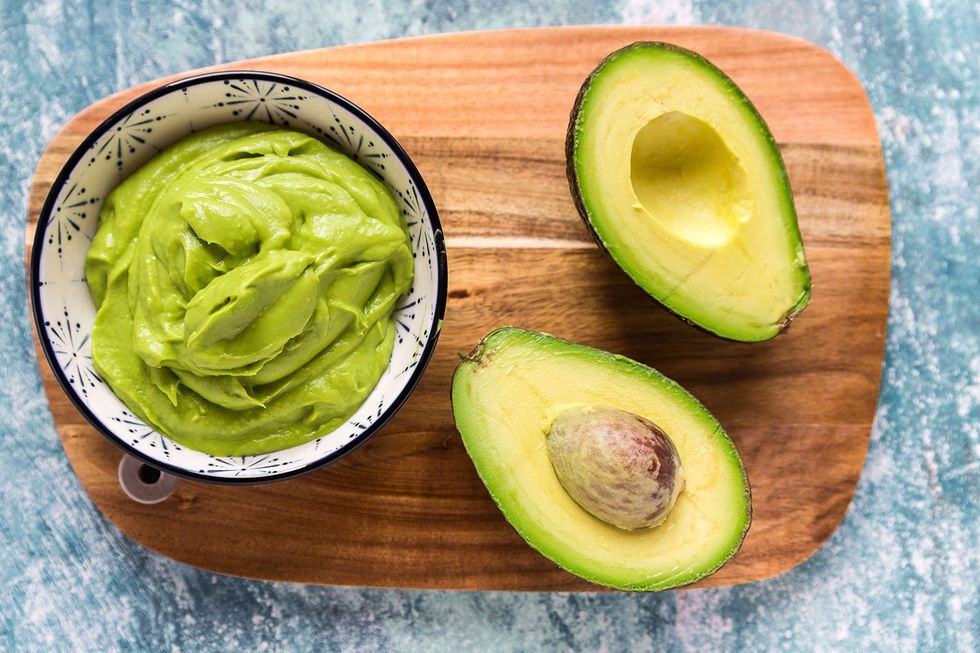
Avocados will achieve peak ripeness quicker when stored at room temperature for several days.
2
BASIL
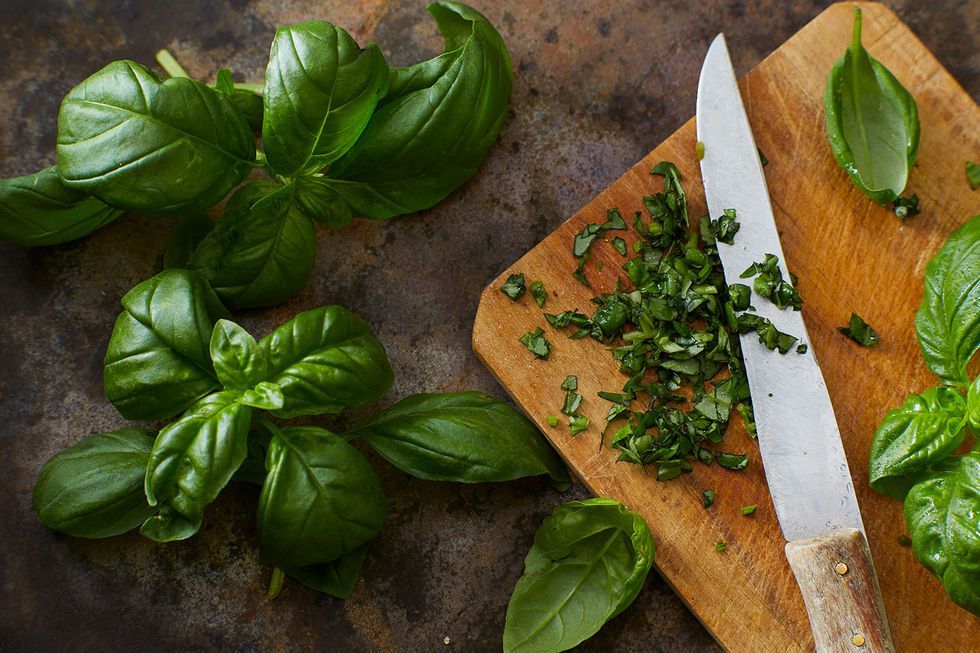
Basil is best left at room temperature with the stems submerged in water—that’ll keep the leaves from turning soggy and brown in the refrigerator.
3
CUCUMBERS

You can (and likely have) stored cucumbers in the fridge. But you also might have observed something called “chilling injury,” which causes water-soaked spots, shriveling, and yellowing after three or so days. If you do choose to refrigerate cukes, it’s best to wrap them in plastic to minimize the moisture—and eat them ASAP in a salad or fresh raita.
4
ONIONS

Ever notice your onions getting soft and moldy in the fridge? It’s caused by moisture. While you can refrigerate cut onions in a sealed container for two to three days, store whole onions somewhere cool and dry (but not in a plastic bag), away from potatoes.
5
GARLIC BULBS

Whole garlic and unpeeled cloves are best kept in a cool, dry place, in part because temps below 40°F speed the growth of a green sprout from the garlic. Refrigeration causes it to become rubbery too.
6
POTATOES

The added moisture from the fridge makes potatoes gritty and sweet. Store them in a ventilated container, such as a cardboard box or open paper bag, and out of direct light to prevent sprouting.
7
TOMATOES
 GETTY IMAGES
GETTY IMAGESKeep your whole tomatoes at room temperature to ensure optimal flavor and juiciness.
8
UNRIPE BANANAS

Bananas need warmer temperatures to ripen, which means the fridge is definitely not the right place for them. With that said, you also don’t want them too warm, so keep them out of direct sunlight.
9
UNRIPE MELONS

Melons, including cantaloupe and honeydew, can be left out at room temperature so that they can ripen. Slices should be refrigerated, but you’ll want to consume them within three to four days before they turn mushy and/or slimy.
10
OLIVE OIL

Olive oil can form crystals and begin to turn solid if left in a refrigerator (which may also impact flavor). Your best bet is storing it in a pantry, away from light and oven heat.
11
HOT SAUCE

The vinegar in hot sauce keeps it preserved for six months, per the USDA—only creamy condiments need to be refrigerated.
12
KETCHUP

Surely, you’ve noticed that diners keep these bottles out all day? While you can pop the bottle into the fridge if you want to preserve quality for up to six months, it’s safe to keep in your cupboard.
13
SOY SAUCE

Thanks to fermentation, you’re safe keeping commercial soy sauce in a cabinet—though refrigeration will extend the flavor freshness for longer, according to Kikkoman.
14
BUTTER

Yes, dairy should be kept in the fridge…but storing butter makes it harden and tough to spread. You can actually keep sticks of butter out for two days (in reasonable, not-super-hot temperatures) so it maintains an enjoyable consistency.
15
HONEY

Honey that’s stored in an airtight container won’t turn on you, no matter where you keep it—though it tastes best when consumed within two years of opening, according to the FoodKeeper app.
16
PEANUT BUTTER

You’ve got three months to get through that jar of commercial peanut butter (a delicious challenge!) before you should store it in the fridge. Natural peanut butter without additives do go in the fridge to preserve best quality, though.
17
NUTS
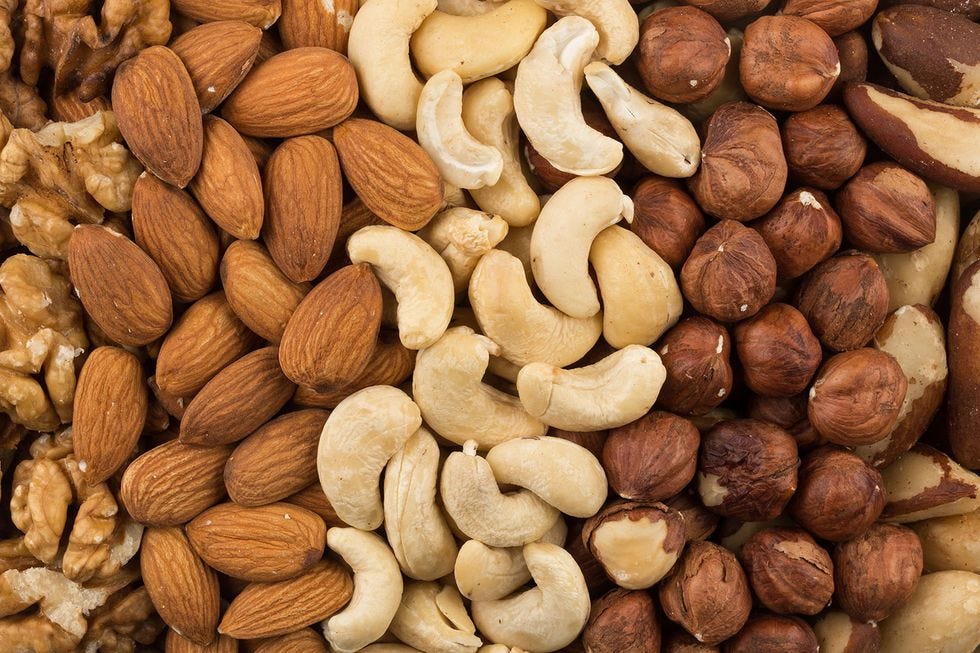
This one is divisive. While the USDA maintains that jars and cans of unroasted nuts can be stored in the pantry for two to nine months after opening with no major freshness loss, other sites claim that keeping them cold prevents rancidity and extends freshness. Our suggestion? Don’t buy in bulk, keep ’em airtight in the pantry, and eat them within a few months.
18
PASTRIES
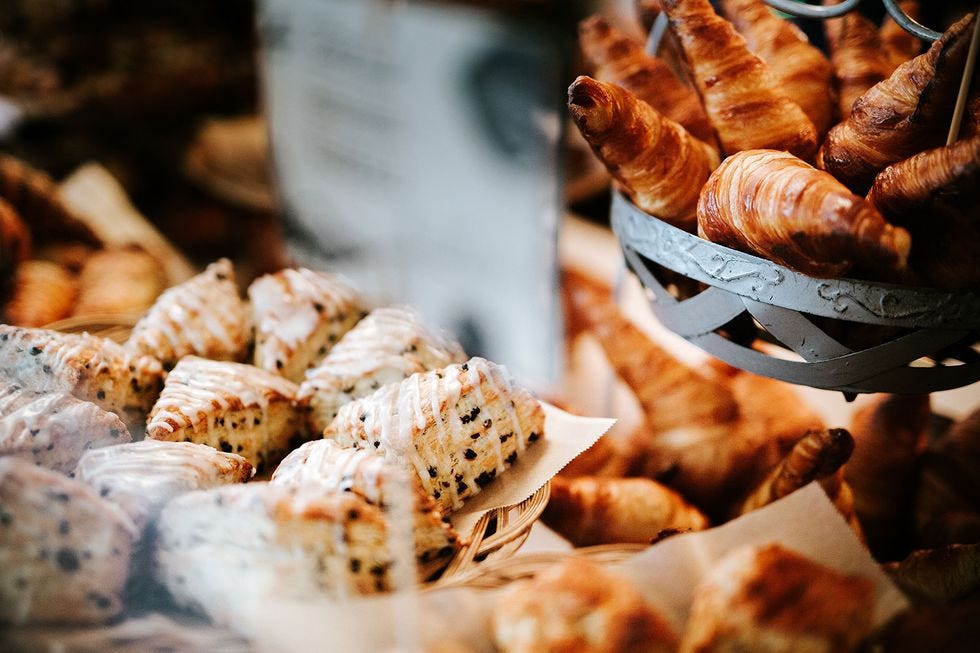
Wait, do you really have leftover pastries?! If you’re saving goodies such as muffins for later, it’s best to keep them in a paper bag at room temperature.
19
CHOCOLATE
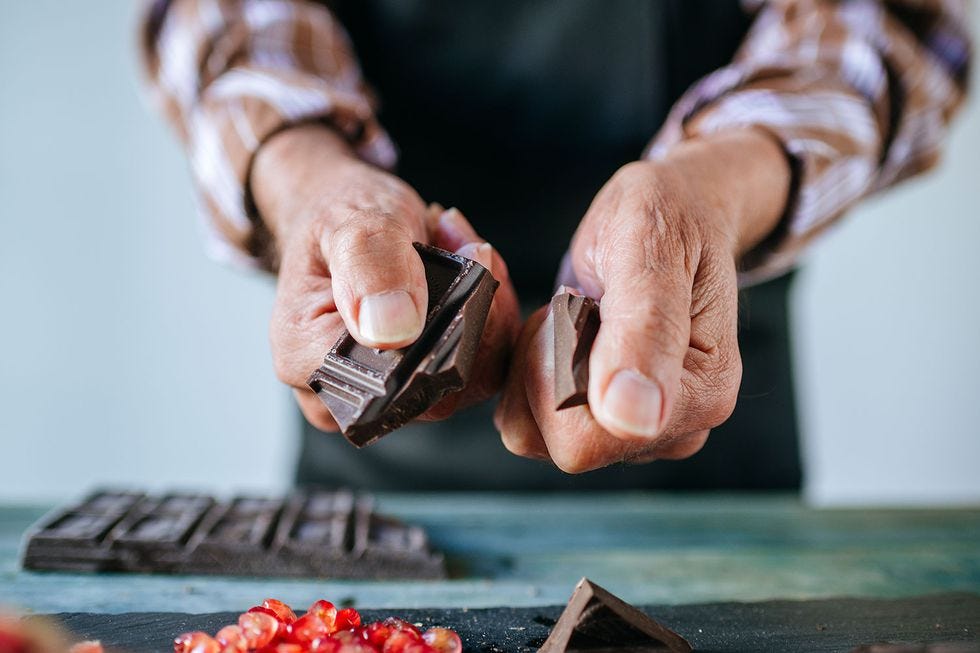
Unless you’re into dull flavor and grainy consistency, don’t keep chocolate cold in your fridge. It tends to have maximum flavor at room temperature, and should be stored somewhere dark and dry.
20
COFFEE (BEANS OR GROUNDS)
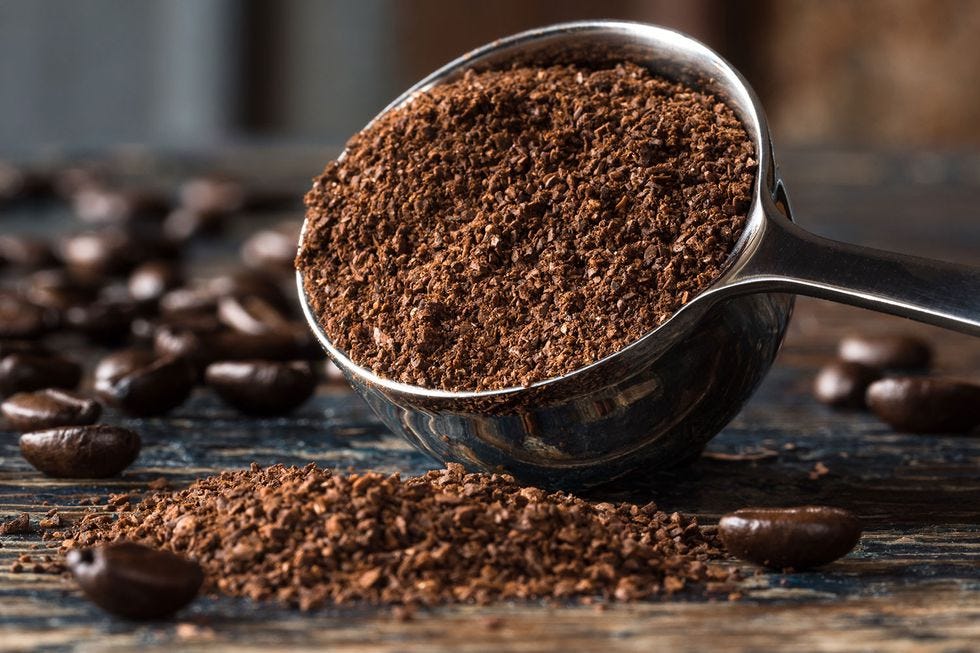
Coffee belongs in an airtight container at room temperature if you’re hoping to retain the flavor in your morning cup, per the National Coffee Association (NCA).
Source : Delight

More importantly, to stay updated with the latest news, health updates, happenings, and interesting stories, visit thescopermedia.com








